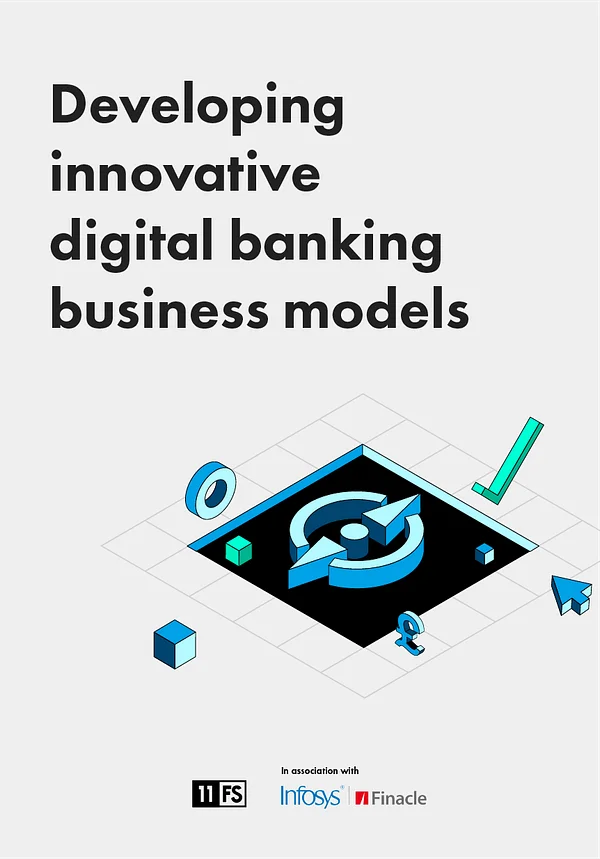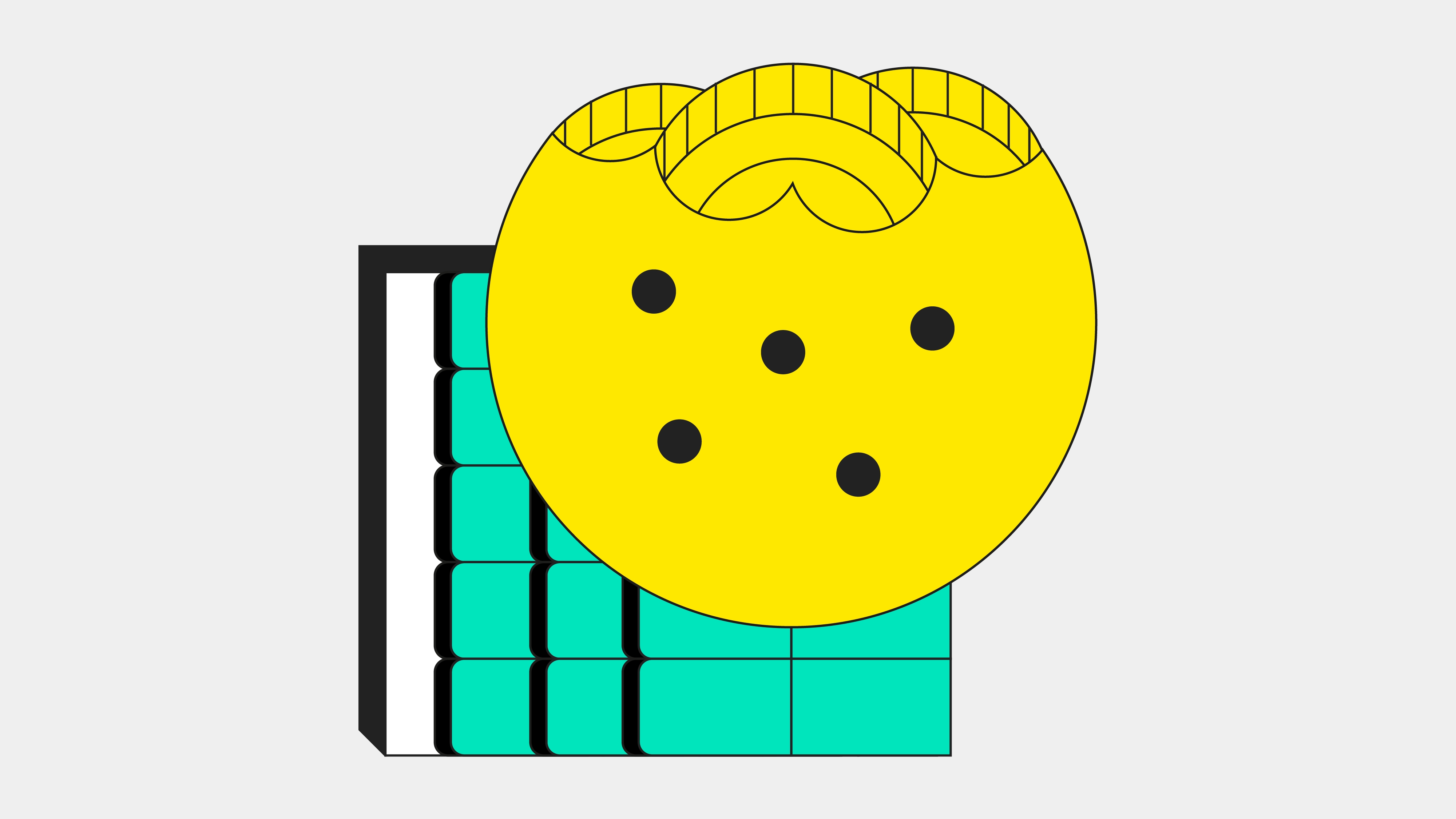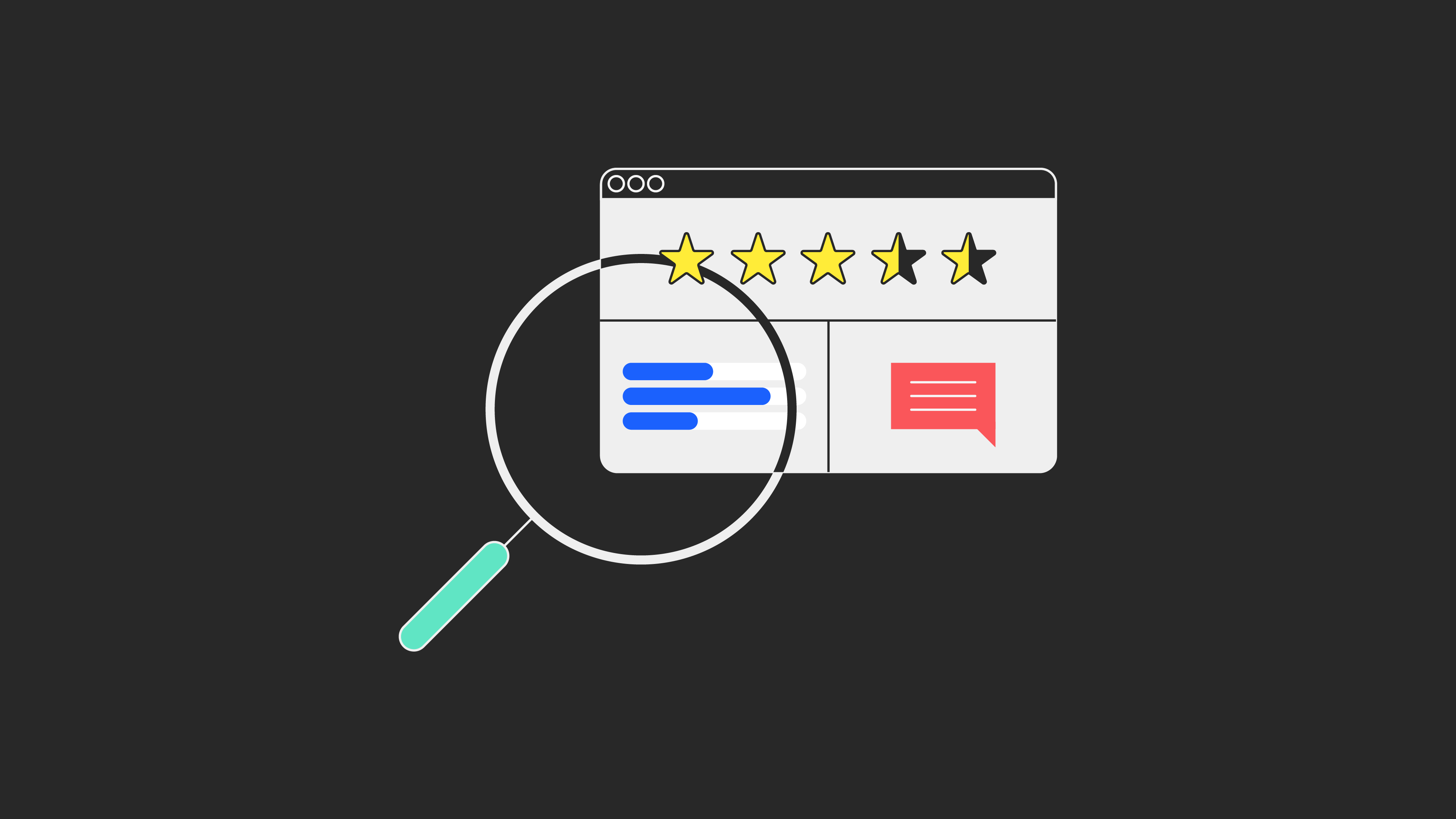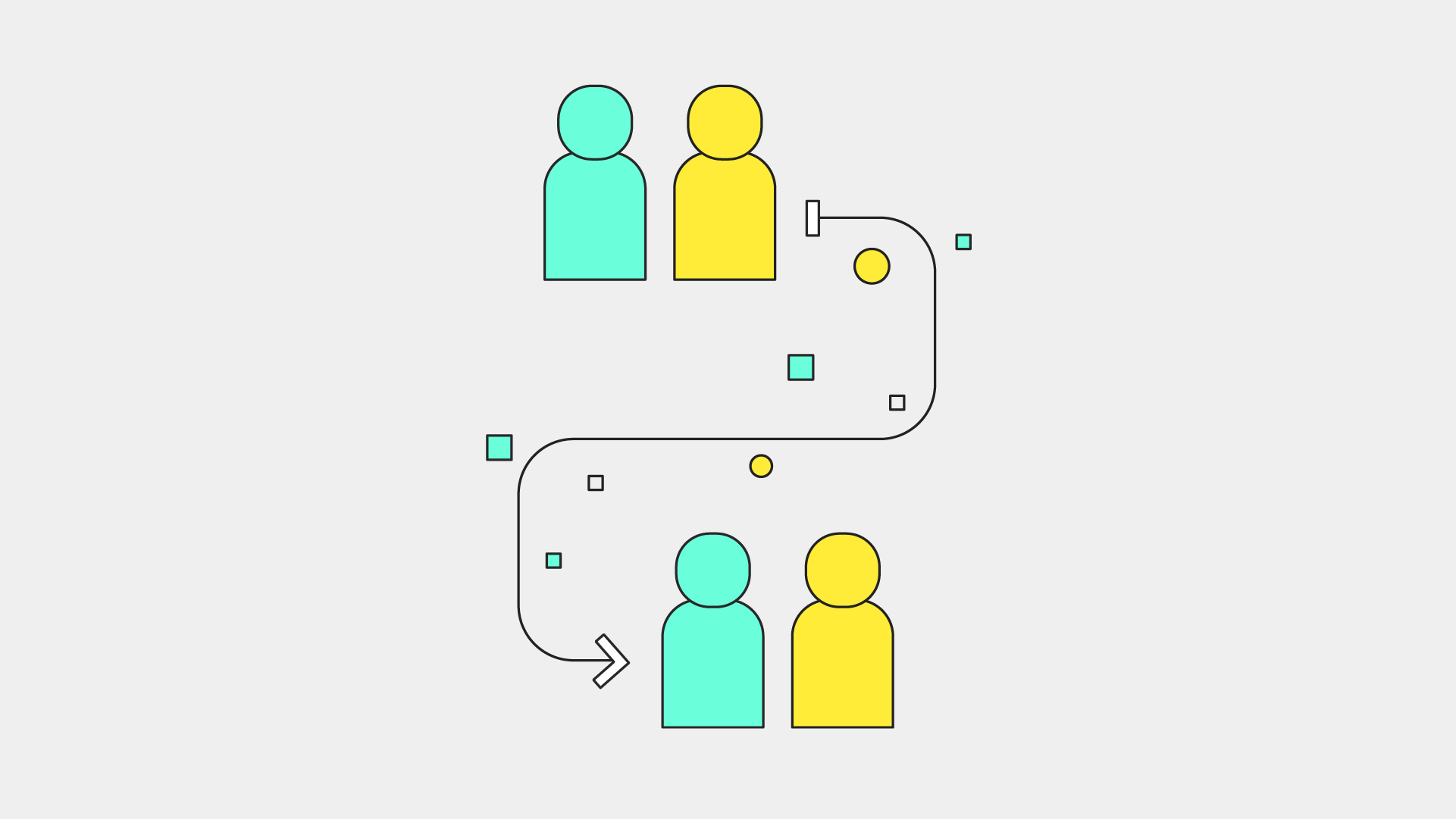I'm going to start with an unpopular opinion that we proposition design purists like to convince ourselves isn't true: sometimes it's ok to launch a clone.
The Rocket Internet approach of cloning successful start-ups and copying their business models to find success in new regions has long been testament to this. New examples pop up weekly. The real trick though is being able to hyper-localise your proposition.
80% of your features are not unique, don't overthink them
Let’s play a game.
You tell me you’re building a retail challenger bank in an emerging market, and I bet I can guess 80% of the features you need in your Minimum Viable Product (MVP) - onboarding, transaction feed, virtual card, card management, light PFM, etc.
For a bonus round, I bet I can also guess a bunch of things you think you need in your first launch - round-ups, social insights, payment links, savings pots, goals, open banking capabilities, credit cards etc.
I’m going to go out on a limb and say you also have an aggressive deadline for launch. Maybe your licence-issuing regulator has given you a year / your exec committee wants to see something in 9 months / you'll run out of funding in 6... (delete as appropriate).
This means you can’t afford a bloated MVP - good, feature bloat is a killer.
Remember: you're replicating features and models, not the entire user experience
While it's true in this scenario that at least 80% of your features are not unique, your primary focus needs to be the 20% that are.
You can’t just assume you’ll get first-mover advantage by building the basics if your entire feature set is cribbed from a product designed for another market. You’re leaving the door open to bigger players entering your space as they will immediately be able to out-compete on offering, service and scale. If your customers don't love your product through a hyper-localised feature or two, you're very susceptible.
If your customers don't love your product through a hyper-localised feature or two, you're very susceptible.
Let's say you're launching in a country with primarily community-based banking. Your focus should be on that 20% of the product that helps create a bridge between the ingrained mental model of cooperative banking and the shiny new world of a digital current account.
Take another scenario; you're launching a youth-focused retail challenger in a Middle-Eastern country that’s experiencing an explosion of culture and travel. You’re more likely to find success focusing on the 20% of features that help make money a better enabler for exploration, like group savings goals.
Ape the patterns, not the experience
From a UX and UI design standpoint, the patterns and user flows of modern Fintechs are well established. There’s no need to rip up the rulebook or reinvent the wheel. You won’t win more users with a radically different way of managing cards, or worse – a ‘fun navigation’ 🤮.
Take inspiration from the world’s best transaction feeds, use existing models of modality, hell you can even borrow some of your button placement and UX architecture.
But never forget the role of brand in UI.
This is where adopting a white-label front end will only get you so far. The final piece in the puzzle for capturing an audience with a hyper-localised clone is not only creating a brand that feels culturally authentic, but to make sure that authenticity is borne out through every UX label, success screen, interaction design and UI style.
Make sure that authenticity is borne out through every UX label, success screen, interaction design and UI style.
My Unfiltered opinion
If the proposition underpinning your MVP is more advanced than 'retail challenger in emerging market', sure, the number of predictable features diminishes. But there’s still value in 'stealing with pride' so you can focus on differentiation. Don't repeat the mistakes of others – their hundreds of tested iterations give you a best-in-class head start. Don’t overthink standard features and get stuck in the weeds, focus on the unique, gain-creating ones that will help you stand out.
If you’re looking to launch new propositions, 11:FS has a team of product experts, designers, engineers and strategists – successful fintech veterans who can hone your proposition and accelerate your MVP with none of the early-stage misakes, let’s chat.





.svg)
.svg)









